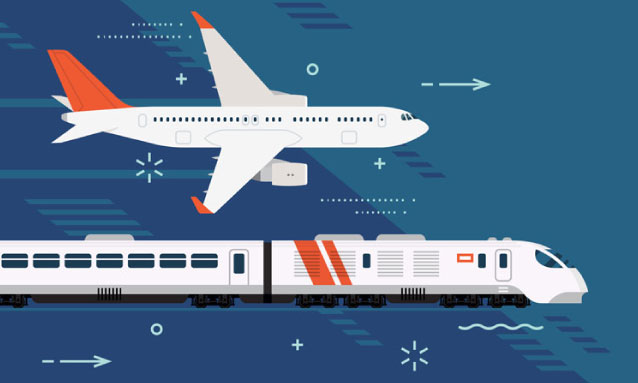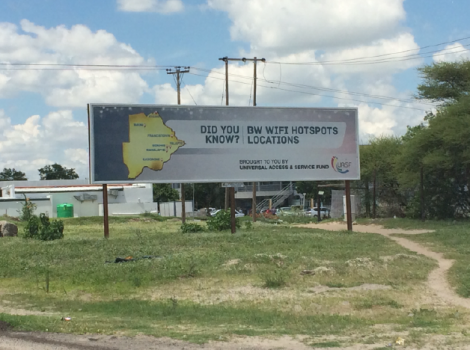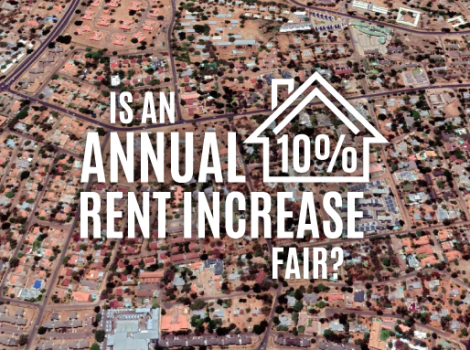
The turbulent Air Botswana, eager to be privatised for over a decade has since embarked on a costly restructuring project expected to cost P15million. This following the government’s consistently boring line of a benchmarking exercise that was undertaken as part of a migration of best practice in the industry.
Air Botswana, alongside Botswana Railways, is one of the government’s transport agencies which have been crippling the State coffers for survival. As Botswana Railways developed a growth strategy for the period 2019/2020- 2023/2024; Air Botswana’s focus is to optimise the level of resources being deployed against the fleet in operation, to a level where the business remains sustainable and operationally efficient.
The Minister of Transport and Communications, Thulaganyo Segokgo recently told Parliament as he presented the proposed strategies, programmes and projects for the remainder of National Development Plan (NDP) 11 that: the aviation industry averages 50 personnel per aircraft and at current levels and Air Botswana has been over-indexed at 150 employees per aircraft.
“Following the acquisition of two ATR72-600, the new generation turbo-propelled, aircraft and an Embraer E170 jet, plans are at an advanced stage to secure a second jet on a lease basis which will enable route expansion.
With the integration of new aircraft completed, the airline intends to include Harare and Lusaka from Gaborone in its route network,” Segokgo further updated Parliament.
As part of its readiness to secure Qatar Airways, Air Botswana has invested an estimated P20 million on the procurement of equipment and personnel-related expenses. The servicing of Qatar Airways bolsters Air Botswana’s revenue base and helps the airline diversify its portfolio. The transport ministry, through the Civil Aviation Authority of Botswana has embarked on a large-scale refurbishment of existing Maun Airport terminal building to cater for the surge observed in the number of passengers utilising the airport. This surge resulted in overcrowding and congestion during peak periods. It is anticipated that completion of phase 1 of the expansion project will improve the passenger facilitation and circulation by over 50%. The refurbishment of the terminal commenced on 26th April 2019 and was anticipated to be completed by July 2020 at a cost of P121 million.
The other ailing entity, Botswana Railways, which has in recent years encountered rail accidents, has come up with a long-term plan growth strategy for the period 2019-2024. The strategy contains a balance between short-term actions to address immediate priorities and longer-term actions. This will ensure the sustained creation of value for Botswana Railways and its customers, among the key focus areas identified from the growth strategy. The strategy is expected to turn around Botswana Railways into profitability in terms of tonnage and revenue growth. Forming part of the railway projects under NDP 11, Botswana Railways is about to award a tender for the feasibility study of the Mosetse-Kazungula rail link which will link to the Kazungula Bridge Project.
Another project proposed under the “Public-Private Partnership (PPP)” Flagship is the Mmamabula-Lephalale rail link, the aim of which is to ferry coal from the coalfields within the Mmamabula coal-rich area to markets in South Africa and beyond. The rail link is an estimated 120 km, of which 56 km will stretch from the Botswana side. The remaining 67 km will traverse South Africa, inclusive of the bridge.
Source: http://www.sundaystandard.info/rail-or-air-its-highway-to-hell-for-batswana/



